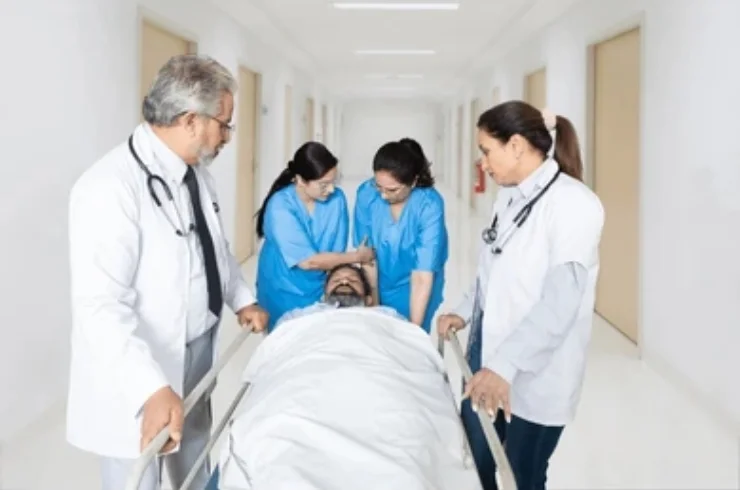Accident & Emergency Care: An Overview
Accident and Emergency (A&E) care, or emergency medicine, is a vital aspect of the healthcare system that addresses acute illnesses and injuries. A&E departments are equipped to manage various medical emergencies, ranging from minor cuts to life-threatening conditions, ensuring timely diagnosis and treatment. The key functions of A&E include rapid assessment, stabilization of patients, diagnostic services, and coordination of care. Common conditions treated in A&E encompass trauma, cardiovascular issues, respiratory distress, infections, and psychiatric emergencies. The approach to patient care focuses on triage, comprehensive evaluation, and multidisciplinary collaboration. The significance of A&E care lies in its ability to provide urgent interventions that can save lives, improve health outcomes, and support community health needs effectively.

Functions of Accident & Emergency Care
Immediate Assessment and Treatment:
Diagnostic Services:
Surgical Interventions:
Coordination of Care:
Discharge Planning:
Common Conditions Treated in A&E
Trauma and Injuries:
Cardiovascular Emergencies:
Respiratory Issues:
Infections:
Neurological Emergencies:
Gastrointestinal Emergencies:
Psychiatric Emergencies:
Approach to Patient Care in A&E
Triage Process:
Rapid Assessment:
Stabilization:
Comprehensive Evaluation:
Collaboration:
Patient Education and Follow-Up:
Importance of Emergency Care
Timely Intervention:
Comprehensive Care:
Public Health Role:
Research and Education:
Challenges in Accident & Emergency Care
High Patient Volume:
Resource Limitations:
Complex Cases:
Patient Misuse:
Conclusion
Accident and Emergency care is a vital part of the healthcare system that addresses acute medical needs with speed and efficiency. By providing timely interventions for a wide range of conditions, A&E departments help save lives and improve outcomes for patients. Despite the challenges encountered, ongoing efforts to enhance quality of care, streamline processes, and reduce overcrowding are essential to ensure that emergency services remain effective and accessible to all individuals in need.